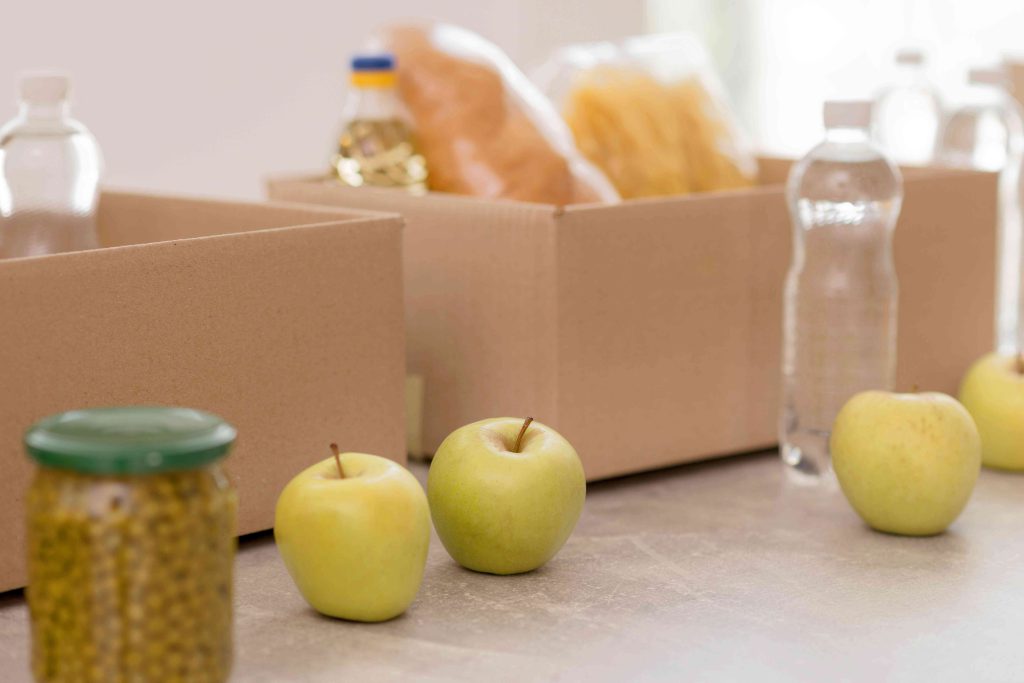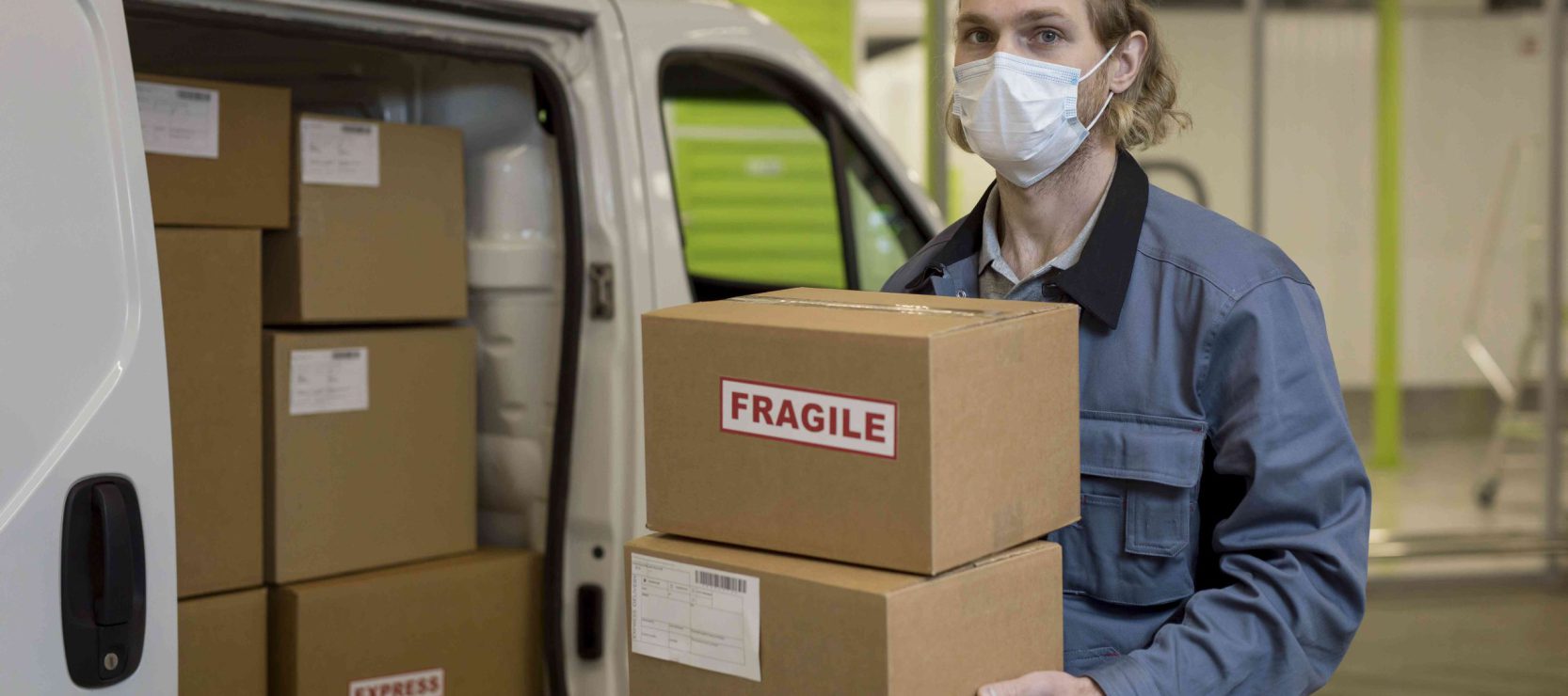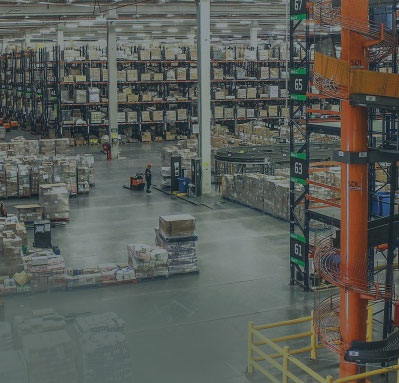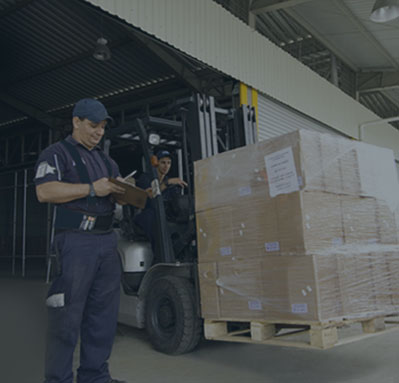Perishable goods are an essential part of our daily lives, encompassing a wide range of products such as food, pharmaceuticals, and plants. These items have a limited shelf life and require specific conditions to maintain their quality and safety during transportation. Proper handling and timely delivery are crucial to prevent spoilage and ensure these goods reach their destination in optimal condition.
What are Perishable Goods?
Perishable goods encompass a wide range of products that need careful handling and controlled environments. Common examples include:
- Food Products: Fruits, vegetables, dairy products, meat, seafood, and baked goods.
- Pharmaceuticals: Vaccines, insulin, and other temperature-sensitive medications.
- Flowers and Plants: Fresh flowers, cuttings, and live plants that require specific temperatures to remain fresh.
Each of these items has unique storage and transportation requirements to prevent deterioration and ensure they remain usable or consumable upon arrival.
Regulations for Perishable Goods Cargo
Key Regulations
Transporting perishable goods involves adhering to strict regulations to ensure safety and quality. Regulatory bodies set guidelines and standards for the handling, storage, and transportation of these items. Key regulations include:
- Temperature Control: Ensuring that perishable goods are transported within specified temperature ranges to prevent spoilage.
- Packaging Standards: Using appropriate packaging materials that provide insulation and protect goods from external conditions.
- Labeling Requirements: Clearly labeling packages with handling instructions and temperature requirements to inform carriers and handlers.
International Regulations
For those businesses transporting perishable items internationally, there are additional complexities and requirements to consider, including:
- Customs Regulations: Compliance with the import and export regulations of different countries, which may have specific requirements for perishable goods.
- International Shipping Standards: Adhering to international standards such as the International Air Transport Association (IATA) regulations for air transport and the International Maritime Organization (IMO) guidelines for sea transport.
- Documentation Requirements: Ensuring that all necessary documentation, such as health certificates, phytosanitary certificates, and import permits, are in order and accurately completed.
Navigating these regulations is crucial for businesses to ensure that their perishable goods are transported safely and efficiently across borders. Proper understanding and implementation of these guidelines help in maintaining product quality, minimizing delays, and avoiding legal complications.

Importance of Temperature Control
Temperature control is a critical aspect of transporting perishable goods. Maintaining the correct temperature prevents the growth of harmful bacteria and preserves the quality of the products. Temperature-controlled logistics, also known as cold chain logistics, involves:
- Refrigerated Vehicles: Trucks and containers equipped with refrigeration units to keep goods at the required temperature.
- Temperature Monitoring Systems: Devices that continuously track and record the temperature during transit to ensure compliance.
- Contingency Plans: Procedures for handling temperature deviations, such as rerouting or using backup refrigeration units.
Proper temperature control is essential for ensuring that perishable goods remain safe and of high quality throughout the transportation process.
Packaging and Handling of Perishable Goods
Effective packaging and handling are vital to prevent damage and spoilage of perishable goods. Appropriate packaging protects goods from physical damage, contamination, and environmental factors. Key considerations include:
- Insulated Packaging: Using materials like foam or gel packs to maintain a stable temperature inside the package.
- Shock Absorption: Protecting goods from impacts and vibrations during transit with padding and cushioning materials.
- Hygienic Handling: Ensuring that handlers follow strict hygiene practices to prevent contamination.
Adhering to these packaging and handling guidelines helps in preserving the quality and safety of perishable goods during transportation.
Compliance with International Standards
International standards play a significant role in the transportation of perishable goods. These standards ensure uniformity and safety across global supply chains. Notable standards include:
- ISO 22000: Specifies requirements for a food safety management system to ensure safe food supply chains.
- Good Distribution Practices (GDP): Guidelines for the proper distribution of pharmaceuticals, ensuring product integrity.
- HACCP (Hazard Analysis and Critical Control Points): A systematic approach to food safety that identifies and controls potential hazards.
Compliance with these international standards is crucial for businesses involved in the global transportation of perishable goods, as it ensures product safety and customer trust.

Challenges in Transporting Perishable Goods
Transporting perishable goods comes with several challenges that need to be addressed to maintain product quality. These challenges include:
Short Shelf Life
Perishable goods have a limited shelf life, which means they must be transported quickly and efficiently to prevent spoilage. The urgency to deliver these products on time necessitates:
- Optimized Route Planning: Ensuring the fastest and most reliable routes are chosen to minimize transit time.
- Efficient Loading and Unloading: Reducing the time goods spend outside controlled environments during loading and unloading processes.
- Expedited Customs Clearance: Facilitating faster customs processing to prevent delays at borders, which can be critical for international shipments.
Environmental Factors
Environmental factors such as temperature fluctuations, humidity, and exposure to light can significantly affect the quality of perishable goods. Managing these factors involves:
- Temperature Control: Utilizing refrigerated vehicles and containers that maintain a consistent temperature throughout the journey.
- Humidity Management: Ensuring that humidity levels are kept within the appropriate range to prevent moisture damage or dehydration of goods.
- Light Exposure: Protecting light-sensitive items from exposure to sunlight or artificial light, which can cause degradation or spoilage.
Logistical Coordination
Coordinating the various aspects of the supply chain, from storage to final delivery, is crucial to ensure seamless operations. Effective logistical coordination includes:
- Integrated Supply Chain Management: Using technology to integrate all parts of the supply chain, allowing for real-time tracking and management of goods.
- Communication and Collaboration: Ensuring that all stakeholders, including suppliers, transporters, and receivers, are in constant communication to manage schedules and address issues promptly.
- Contingency Planning: Preparing for unexpected disruptions by having backup plans and alternative routes to maintain the integrity of the supply chain.
Additional Challenges
- Regulatory Compliance: Navigating the complex web of local and international regulations governing the transport of perishable goods, including health and safety standards.
- Infrastructure Limitations: Addressing the limitations of infrastructure, such as inadequate cold storage facilities at transit points, which can affect the ability to maintain proper conditions.
- Risk of Contamination: Ensuring that perishable goods are protected from contamination throughout the transportation process, which involves stringent hygiene practices and proper packaging.
Addressing These Challenges
Addressing these challenges requires meticulous planning, robust infrastructure, and effective communication among all parties involved in the transportation process. Strategies to overcome these challenges include:
- Advanced Technology: Implementing IoT devices and sensors for real-time monitoring of temperature, humidity, and other critical conditions.
- Training and Education: Providing comprehensive training for all personnel involved in handling and transporting perishable goods to ensure they understand the importance of maintaining proper conditions.
- Strategic Partnerships: Forming partnerships with reliable logistics providers who have the expertise and resources to manage perishable goods effectively.
By focusing on these strategies, businesses can improve the reliability and efficiency of their perishable goods transportation, ensuring that products reach their destination in the best possible condition.
Ensuring Freshness: The Key to Perishable Goods Transportation
Transporting perishable goods requires careful planning, following rules, and using advanced technologies. By understanding what perishable goods are, seeing some examples, and knowing the regulations, businesses can ensure the safe and efficient delivery of these sensitive items. Key aspects include controlling temperature, using proper packaging, and complying with international standards to maintain the quality and safety of perishable goods throughout their journey. As technology continues to advance, transporting perishable goods will become even more reliable and efficient, benefiting both businesses and consumers.
At Cargoline, we exemplify this commitment to excellence by leveraging cutting-edge technology and robust infrastructure to handle perishable goods. Our comprehensive logistics services ensure that products are transported under optimal conditions, guaranteeing freshness and quality upon arrival. Contact us to learn more.







